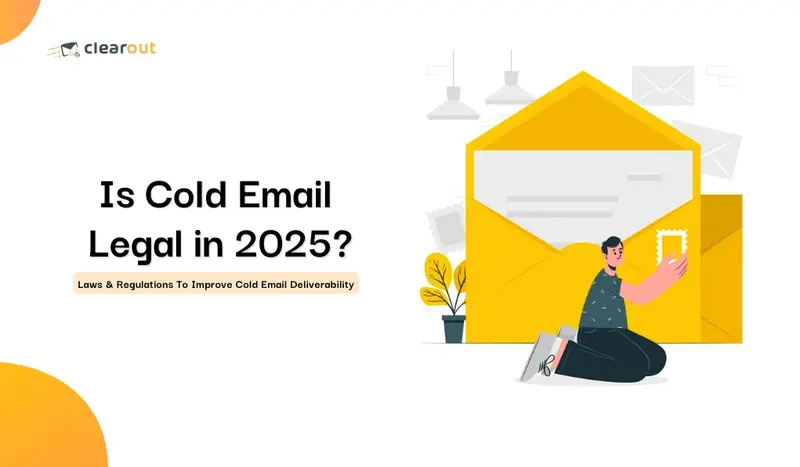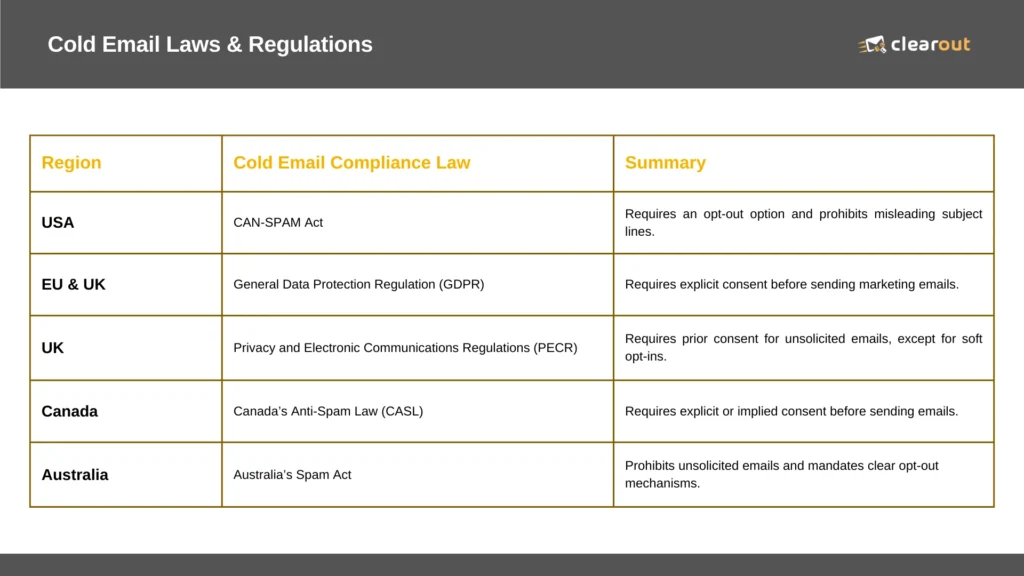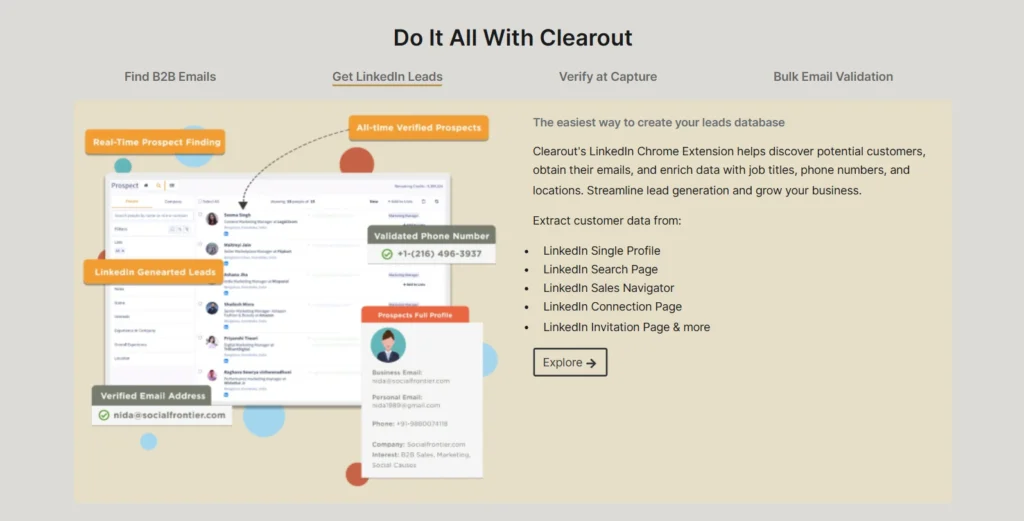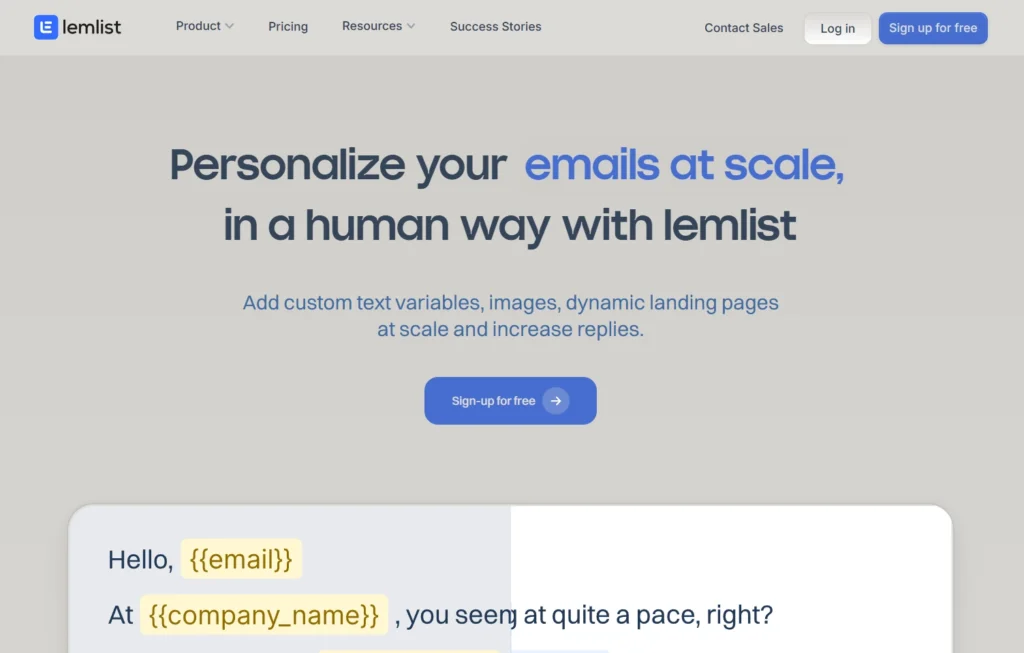● Cold Emailing and Spam: What is The Difference?
● Cold Email Laws & Legal Regulations: Country-Wise
● Cold Email Compliance Best Practices
● How to Avoid Getting Marked as Spam
● How To Handle Cold Email Complaints & Violations
● Best Tools to Ensure Cold Email Legal Compliance
● How To Stay Cold Email Compliant?
● FAQs on Cold Email Legal Regulations







